Peter Holliday is a recent Glasgow School of Art graduate. He got in touch to tell us more about creating his Icelandic photographic series.
Where the Land Rises is a photographic series documenting the relationship between the landscape and people of Heimaey, the only inhabited island of Vestmannaeyjar, a volcanically active archipelago in southern Iceland.
I first visited Heimaey during a trip to Iceland in the summer of 2014 and became fascinated by the island’s dramatic landscape and the stories surrounding the 1973 eruption of Eldfell. I felt compelled to investigate this event further as I was interested to learn more about the islander’s efforts to save their town and harbour from the lava flow, influencing the shape of the landscape visible on Heimaey today. I was already familiar with the theory and aesthetic of photographers associated with the New Topographics movement such as Stephen Shore, Joel Sternfeld, and Robert Adams. These photographers have long documented the intricate relationship between man and the landscape, and in particular, the way in which humans have shaped and developed the American landscape. This interested me and I felt compelled to produce a series of photographs depicting similar themes within the context of the lava cooling operations on Heimaey.
Isolated from the Icelandic mainland by the North Atlantic Ocean, Vestmannaeyjar is a dramatic fleet of around 15 islands. Heimaey, which literally means Home Island, is the largest of these islands with an area of approximately five square miles and home to a population of 4,300 people. Two cindery domes dominate the island’s horizon, sitting like residual slag heaps from a heavy industry long abandoned. These volcanoes, known as Eldfell and Helgafell, reveal the temporal nature of the Mid-Atlantic Ridge.
In the early hours of 23 January 1973 the island of Heimaey suddenly split open, sending columns of lava into the sky from a mile-long fissure. The eruption of Eldfell – as the 42 year old volcano is now known – led to the immediate evacuation of the island, destroying many homes and violently altering the geography of Heimaey. As the lava flow slowly crept towards the fishing harbour threatening to destroy the island’s economic lifeline, interventions were made to divert the drifting magma. A dam of solidified basalt was successfully created by spraying the flow with billions of litres of seawater. In early July 1973 the eruption was officially declared over and many of the inhabitants began to return, although some would never come back. The island had been saved but the landscape would never be the same again.
Miraculously, nobody was killed by the eruption of Eldfell, and efforts to divert the lava flow had proved successful. The island had been reclaimed from the forces of nature but a pastoral landscape once admired by the island’s inhabitants had been lost forever under a layer of black lava and ash. As I investigated the eruption and its aftermath, I began to contemplate how it must feel to witness the geography of your homeland change so quickly and what these emotions reveal about our relationship with the landscapes we dwell in. I started to investigate the work of contemporary photographers such as Dana Lixenberg, Bryan Schutmaat, and Ville Lenkkeri, who explore isolated communities undergoing social, political, and/or geographical change.
As my research developed further, I came upon The Language of Landscape by Anne Whiston Spirn and Space and Place by Yi-Fu Tuan. I found these texts to be invaluable sources of critical theory exploring the cultural significance of landscape and our emotional response to the changing world environment.
Where the Land Rises is a collection of images combining both landscapes and portraits taken during three visits to Heimaey during 2014 and early 2015. The majority of the images included in this project were shot on medium format negative film which prompted me to adopt a much more considered approach in my image making process. My aim was to create imagery that revealed the close human-landscape relationship of an isolated coastal community exposed to constant geophysical forces. I wanted to reflect this mood of change in my portraits, which document the witnesses of Heimaey’s ephemeral terrain, several of whom experienced the eruption of 1973. Finally, I wanted to emphasise the idea of landscape as an eternal process, an ever-changing feature of our daily lives that can change violently and suddenly due to forces out of our control.
Where the Land Rises captures the stark coastal terrain of Vestmannaeyjar, a restless landscape forged by an intense geological violence that originates deep within our planet. Nevertheless, the landscape of Heimaey is revered by its inhabitants as a home; an island refuge in an often unforgiving environment. My portraits document some of the people who live there; the permanent occupants of a landscape exposed to ongoing forces of destruction and creation; the everyday witnesses of a terrain intricately textured by an ever-changing climate. A people who exist between a landscape gone and a landscape to come.
Peter’s work is on display at The Glasgow School of Art degree show until Saturday 20 June. Find out more here.
More: Website | Instagram | Twitter
//////
Looking for more blogs? Visit here.


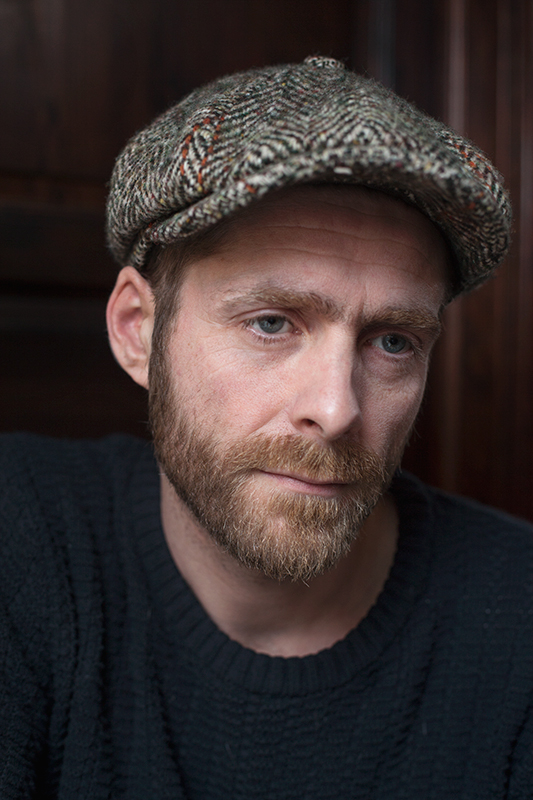
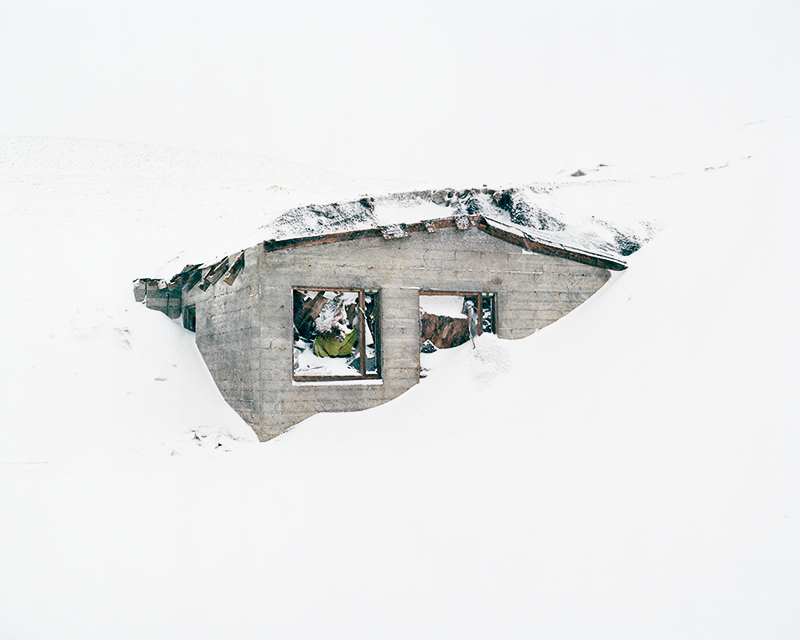
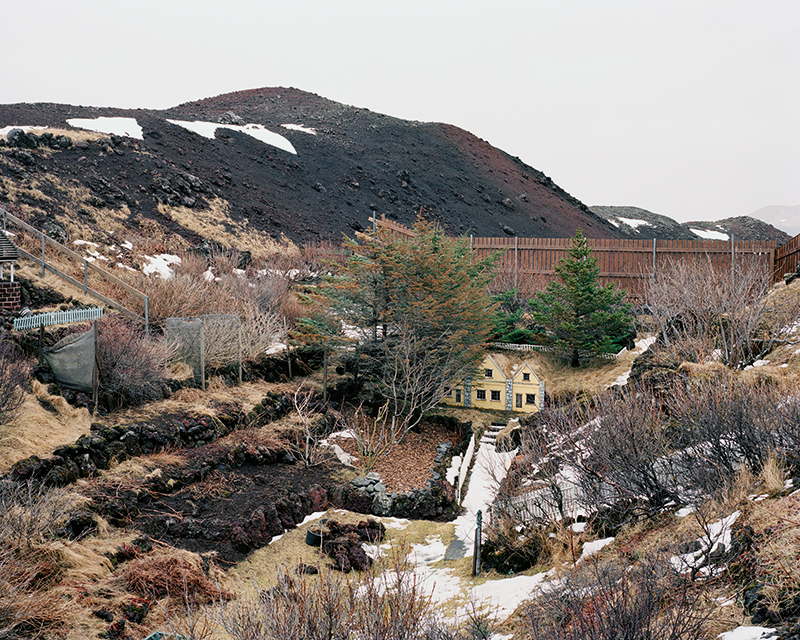
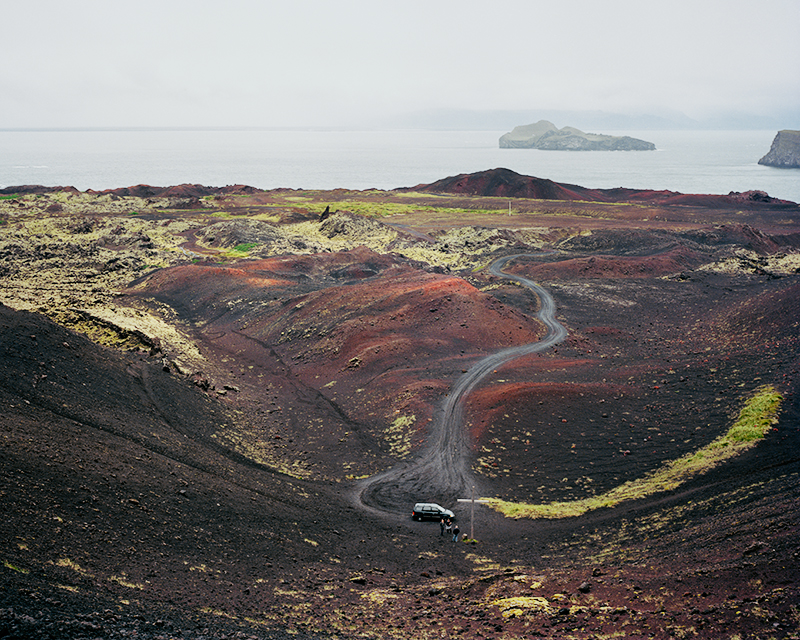
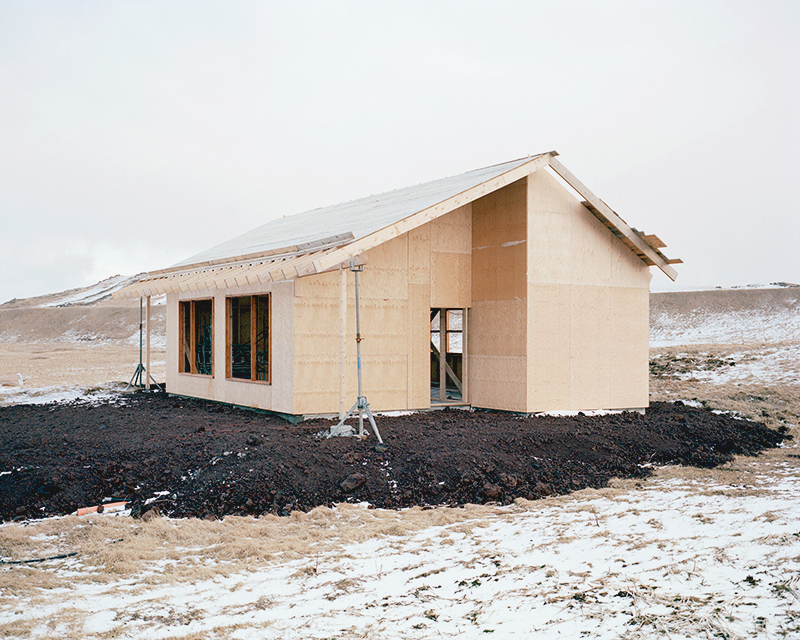
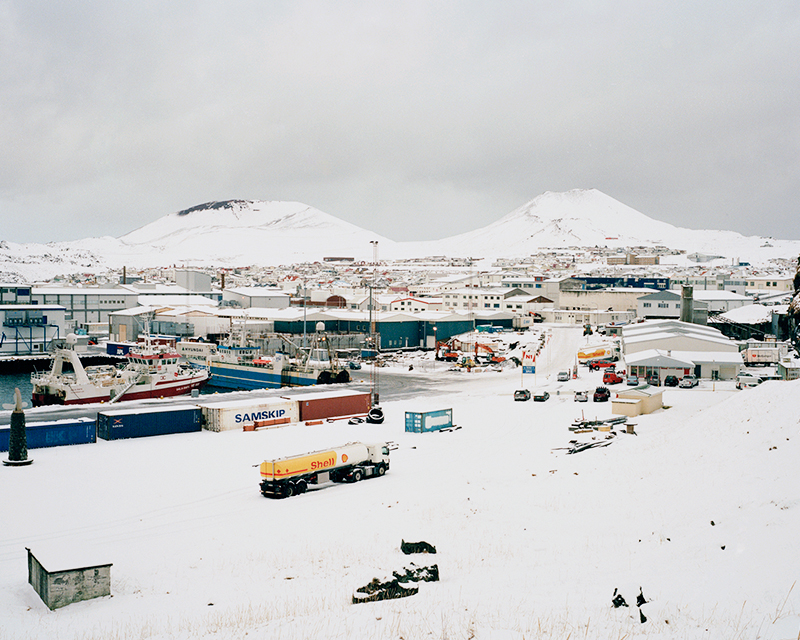
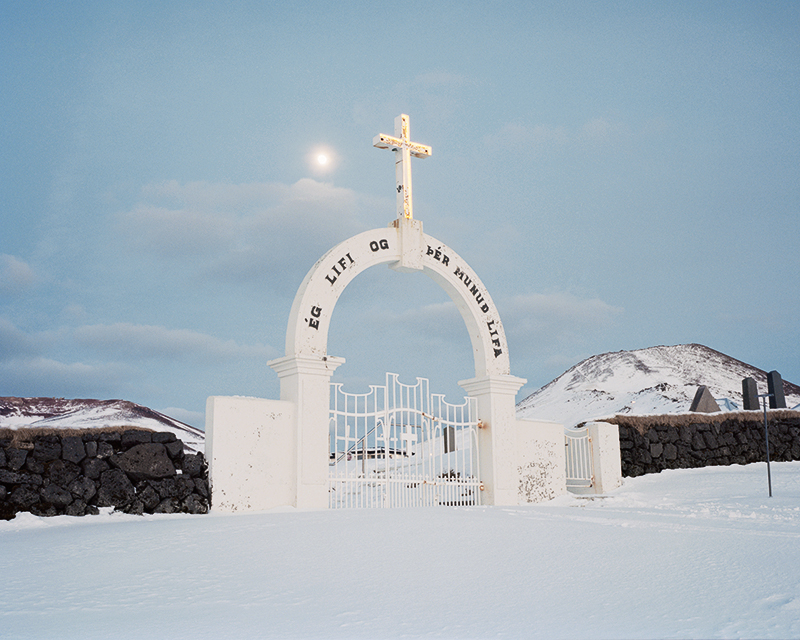
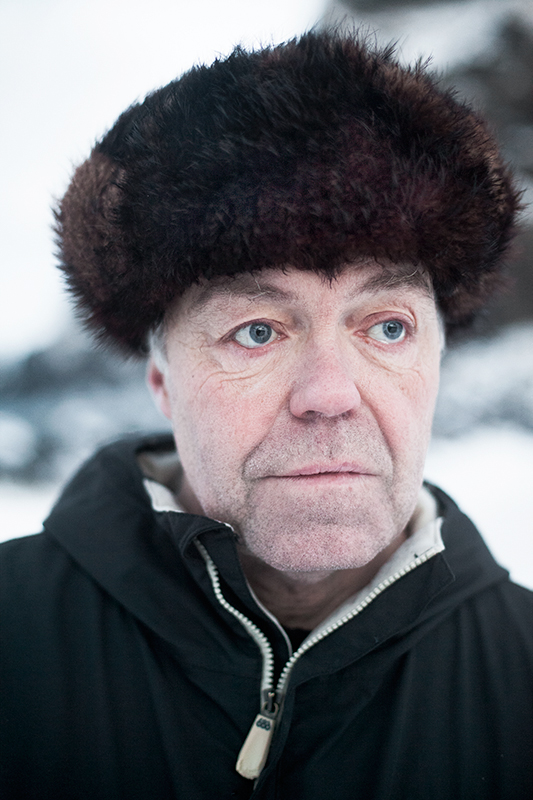
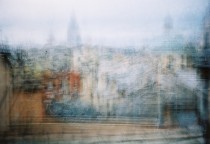

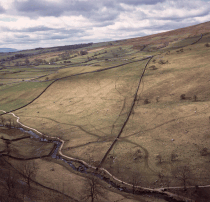









Comments